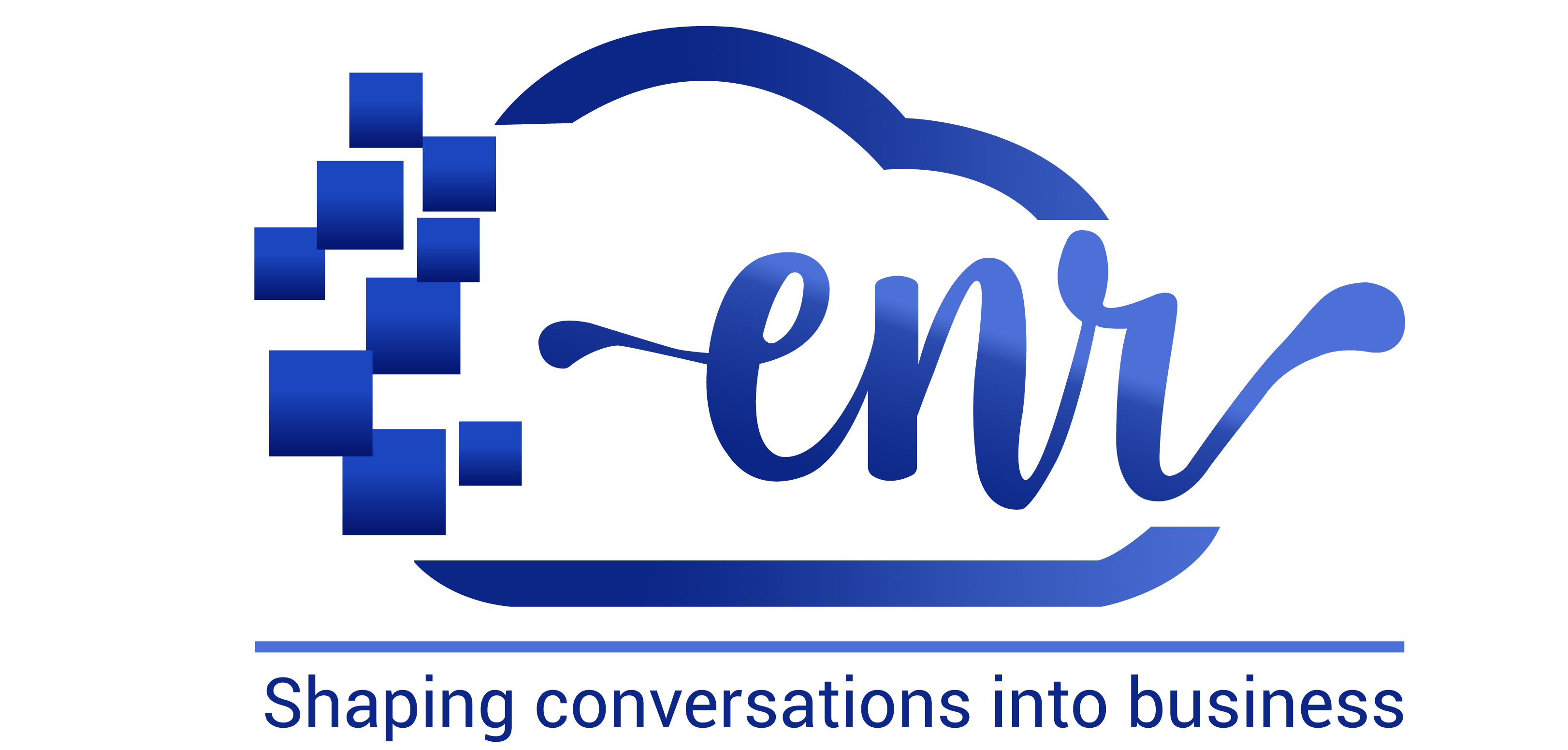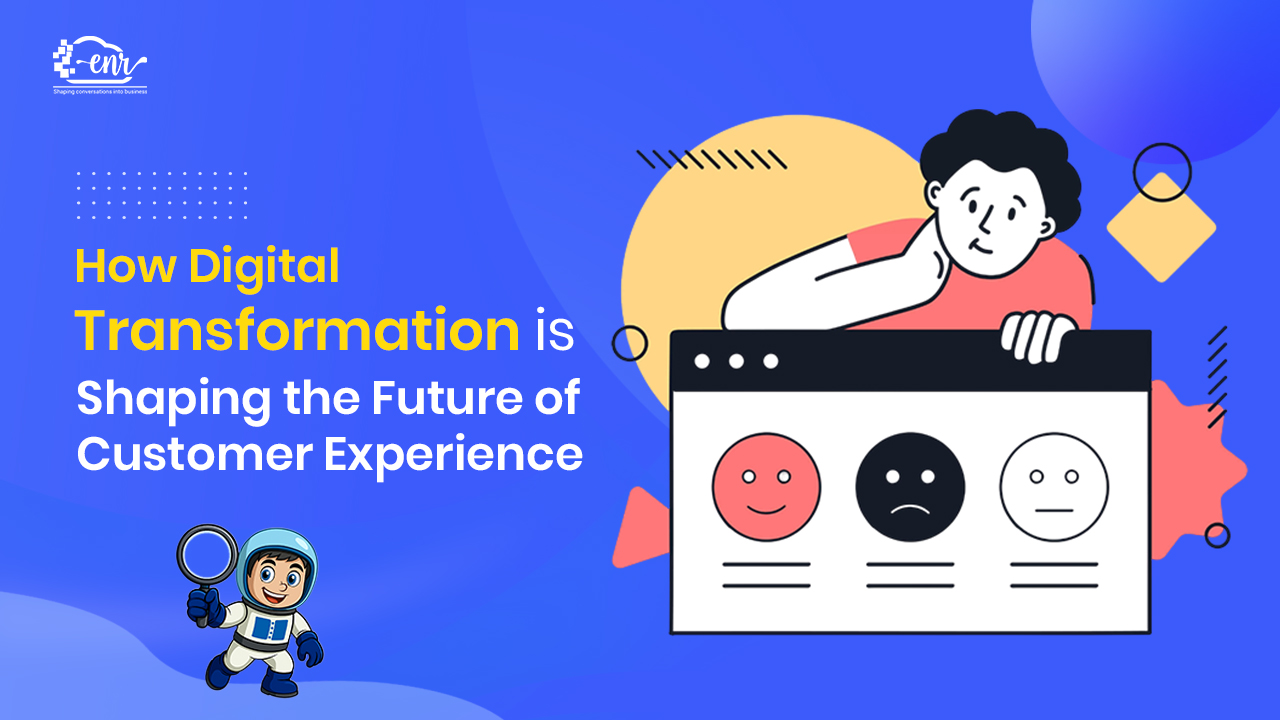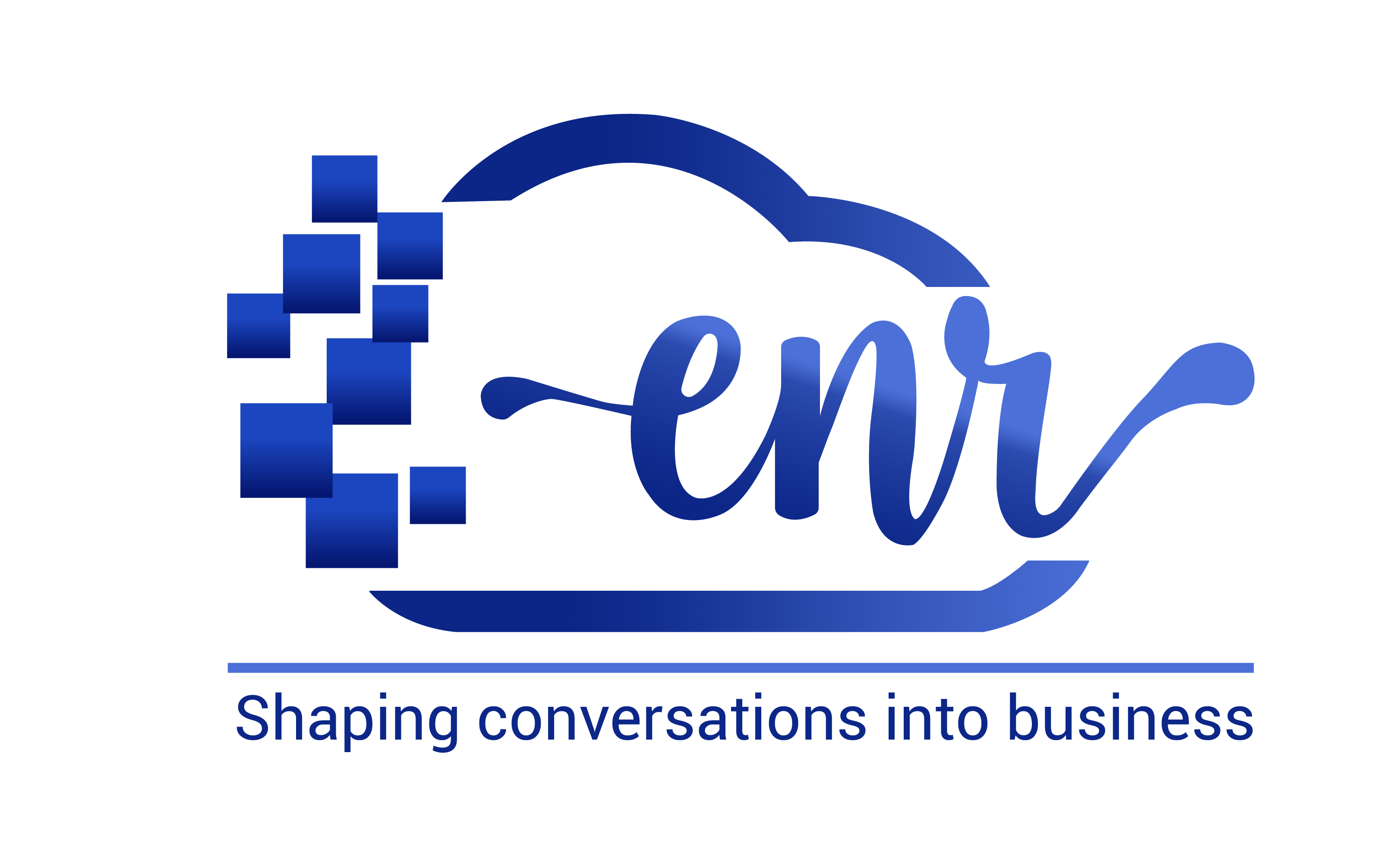Table of Contents
ToggleThe Strategic Power of Net Promoter Score (NPS) in Customer Experience: A Deep Exploration
In the modern business landscape, where customer expectations are evolving rapidly, understanding and optimizing customer experience (CX) has become a mission-critical goal. Among the numerous metrics available, Net Promoter Score (NPS) stands out as a strategic tool that offers more than just a satisfaction snapshotŌĆöit provides actionable insights into customer loyalty, brand advocacy, and business growth potential.
However, while many companies collect NPS data, only a few leverage it effectively to create meaningful, customer-centric strategies. This blog will delve deep into the intricacies of NPS, revealing its true impact on CX and how it can be harnessed beyond mere measurement to drive strategic decisions.
What is the Net Promoter Score?
Net Promoter Score also known as NPS is a simple metric. It asks customer ┬Ā ┬Ā
“On a scale of 0 to 10, how likely are you to recommend our brand/product to others?”
Based on what the customer says, it can be segmented into:
- Promoter (9-10): Promoters are the advocates of the company, who drive positive word-of-mouth and influence future customers.┬Ā
- Passive (7-8): They are laid-back and neutral customers who could be swayed by your competitors.
- Detractors(0-6): These are unhappy customers who can damage your reputation by talking negative to your prospective customer.
The formula to calculate NPS is straightforward:
NPS = % of Promoters – % of Detractors
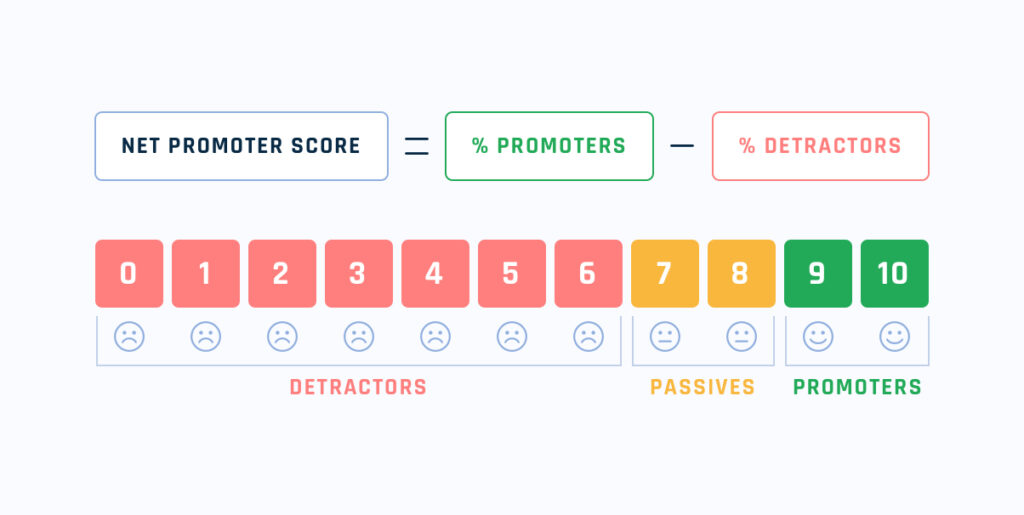
But the simplicity of this formula is where most businesses fall into the trapŌĆöfocusing only on the score rather than the narrative behind the numbers. ┬Ā ┬Ā ┬Ā ┬Ā ┬Ā ┬Ā ┬Ā ┬Ā ┬Ā ┬Ā ┬Ā ┬Ā ┬Ā ┬Ā ┬Ā ┬Ā ┬Ā ┬Ā ┬Ā ┬Ā ┬Ā ┬Ā ┬Ā ┬Ā ┬Ā ┬Ā ┬Ā ┬Ā ┬Ā ┬Ā ┬Ā ┬Ā ┬Ā ┬Ā ┬Ā ┬Ā ┬Ā ┬Ā ┬Ā
Why NPS is a Strategic Asset, Not Just a Metric
Brands treat NPS as a box-ticking exercise, a vanity metric for quarterly reports, but what really valuable in NPS is how businesses use it to shape their customer experience strategy.
Here’s why NPS is more than just a number:
Predict the Business Growth
Net Promoter Score can treated as an indicator of future performance. According to the studies, companies with high NPS scores tend to grow at twice the rate of their competitors.
Promoters are more likely to repurchase from your brand, refer your product to others and remain loyal even during downturns.
Tips:
As brands treat NPS as a business forecast tool, link it with revenue growth, churn rates, and brand perception metrics to gain a comprehensive view.
Actionable Customer Segmentation
Customer segmentation based on demographics and purchase history is the traditional way of segmentation, it misses the emotional and experiential aspects of customer relationships. Net Promoter Score NPS introduces behavioral segmentation, dividing customers based on sentiments and loyalty.
You can use this by:
- Engaging promoters with referral programs to provide them with positive sentiment.
- Convert the passive by acknowledging and addressing their concern with targeted loyalty sentiments.
- Focusing on detractors by having a proactive service interventions before they churn.
NPS into your Customer Journey
If you consider NPS as a one-time evaluation, you might use using NPS the wrong way. NPS should be present at every touchpoint in the customer lifecycle, post-purchase, post-service interactions and even after a churn event.
Key touchpoints for NPS collection
- Onboarding: Measure how well new users are adapting to your product/service.
- Post-Support Interaction: Gauge satisfaction with customer service teams.
- Renewal Phase: Understand if long-term customers still find value in your offerings.
Tips: Create a continuous NPS loop to have insights across various customer journey stages, this allows you to make quick corrections whenever necessary.
NPS for Employee Experience Alignment
One NPS aspect that is overlooked by many brands is its connection to employee experience (EX). Happy employees create happy customers. High NPS often correlates with the motivated frontline team, who go the extra mile to resolve the customer problem.
An overlooked aspect of NPS is its connection to employee experience (EX). Happy employees create happy customers. High NPS often correlates with motivated frontline teams who go the extra mile.
Action Plan:
ŌŚÅ Cross-analyze the NPS with the satisfaction score of your employee
ŌŚÅ Train your team who face the customer on a regular basis, by finding the common feedback theme from your customer NPS data.
ŌŚÅ To promote the customer satisfaction goals, attached incentive and recognition programme.
Example: Zappos, known for its high NPS, attributes its customer-centric success to its employee-first culture, where team happiness directly impacts customer loyalty.
Stop the Loop and Turn Data into Insights then Action
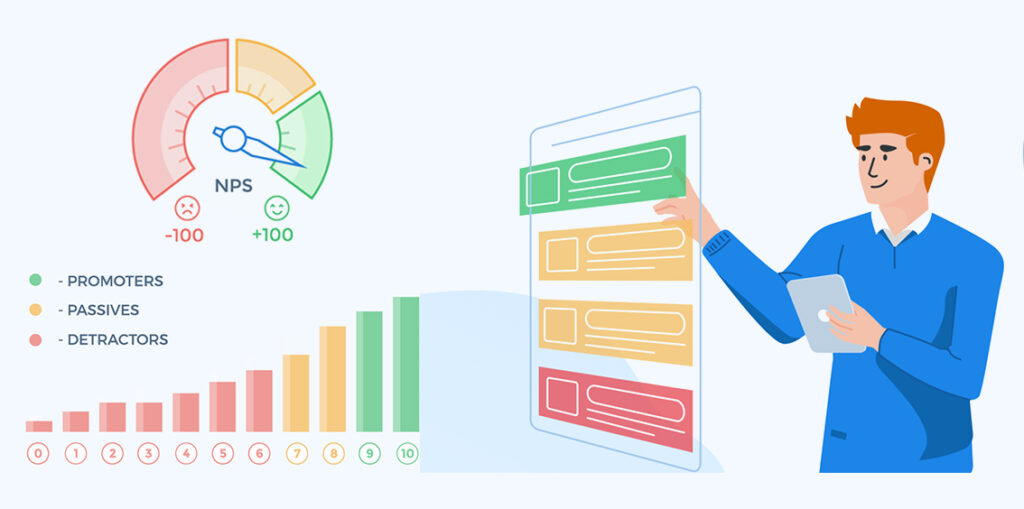
If you have the data but taking no action it is just another number for you. WhatŌĆÖs powerful is how you utilize the insights to close the feedback provided by customers.
- Examine your open-ended feedback, using sentiment analysis to identify the recurring pain point of your customer.
- Automation flow can help you. Trigger follow-up emails or calls to detractors offering them the resolution or incentive based on their problem.
- Take accountability for your actions and make a point that every team across the department are aligned with improving customer experience based on NPS insights.
Take for example A telecom company that sees a declining NPS, because they discovered that network issues were their top complaints. They acted very smartly by taking care of their infrastructure in the affected region and proactively informing customers, resulting in 25-point NPS improvement.┬Ā
Conclusion: The True Power of NPS Lies in Execution
NPS, when used correctly, is not just a measure of customer sentiment; itŌĆÖs a catalyst for business transformation. By embedding it within the customer journey, aligning it with employee experience, and acting on insights in real time, businesses can create truly customer-centric operations.
The key takeaway? NPS isnŌĆÖt just about numbersŌĆöit’s about building a culture that continuously listens, adapts, and evolves with the customer in mind.
Final Thought: Instead of just asking, ŌĆ£Would you recommend us?ŌĆØ ask yourself, ŌĆ£Are we doing everything possible to make our customers want to recommend us?ŌĆØ
Let me know if you’d like to expand on any section or dive deeper into a particular aspect.
Read Also: What is Mobile Wallet Marketing? Let’s Explore
Written By – Alisha Limichana
Alisha Limichana is a seasoned growth marketer and part of the MCG team at EnR Cloud, specializing in driving business growth through innovative strategies. She has a proven track record of delivering impactful marketing campaigns. Outside of work, Alisha enjoys exploring the mountains, travelling, and staying active and fit.
